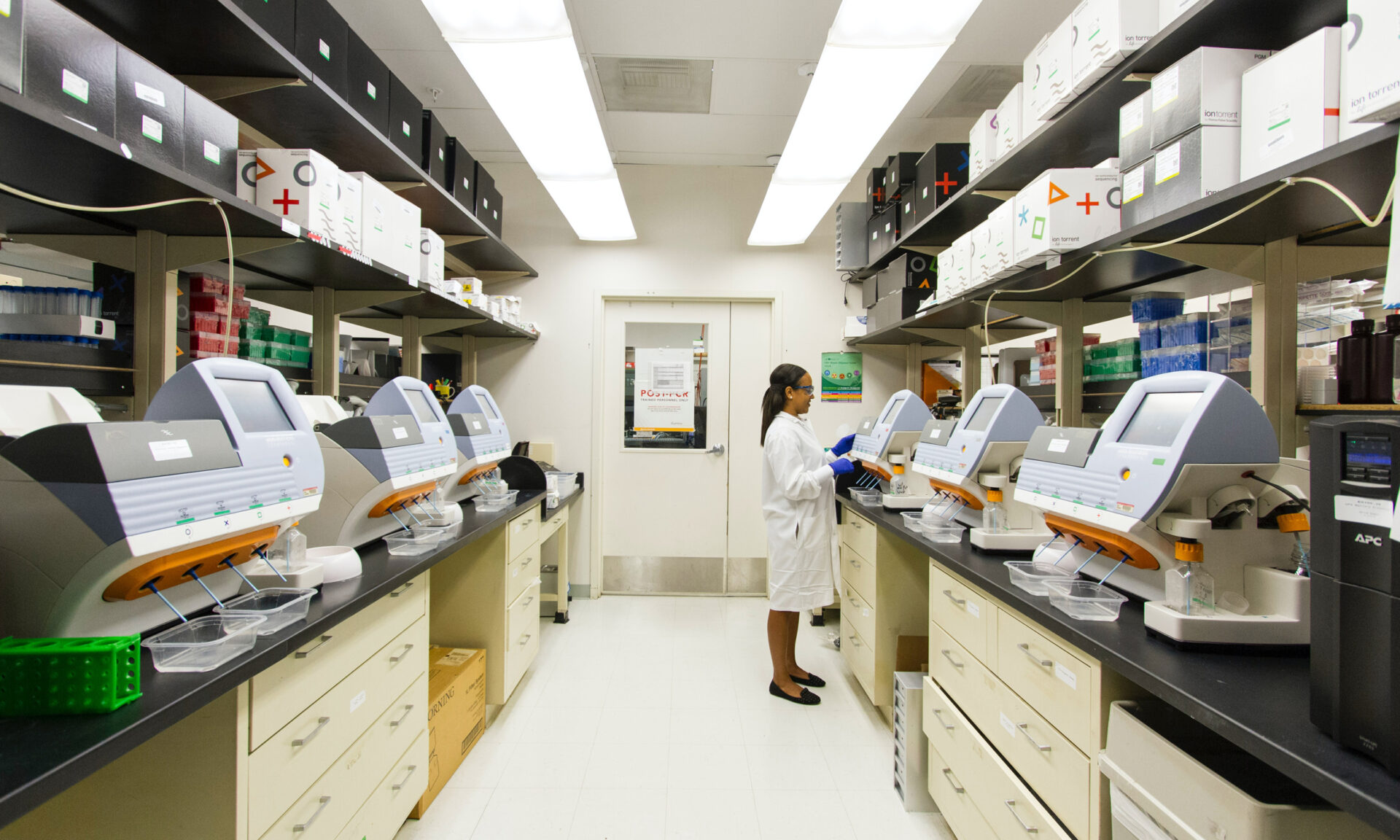We live in the age of the customer, a time when focusing on exceptional customer experience (CX) is vital for business growth. Research shows that with a modest improvement in CX, a typical one billion dollar company can gain $775 million in revenue over three years. And as CX-oriented technology multiplies, CIOs and tech teams are now responsible for managing tech that powers perfectly seamless and emotionally meaningful customer experiences.
What Does CX Focus Mean to the Tech Team?
In the past, tech leaders could concentrate on responding to the requests of their internal customers (employees). That no longer suffices. Because every touchpoint in the organization’s customer journey requires technology and skilled professionals to implement and maintain it, the shift to customer centricity expands the roles of IT leaders in growing their organization’s success.
The CIO and IT department must expand their vision to include external customers’ needs, desires, perceptions, and feelings. Then they should proactively collaborate with other department leaders to meet the ultimate goal of delighting the customer. The objective is to create human-centered technological systems that build trust, loyalty, and, ultimately, revenue.
Here are some ways tech teams can help resolve customer problems to optimize CX:
1. Provide a Cohesive, Personal Customer Experience
Customers no longer accept generic interactions with businesses; they want to feel valued and to be treated as individuals with unique needs. They don’t want to have to repeat themselves, providing redundant information as they engage with companies across multiple channels.
To offer the best CX, businesses need to have a holistic record of each customer that reflects their complete history of brand interactions. However, with the challenge of integrating legacy systems and data that are siloed in individual channels — phone, web, retail, and more — that’s not an easy task.
To tackle the problem, many Customer Data Platforms are becoming available. They ingest customer data, regardless of its source or cadence, in a central database and make it visible in real-time to users. CDPs enable companies to offer the right messaging at the right time to customers through their preferred channels. With some of those channels relying on Internet of Things (IoT) to both provide messaging and receive data back from customers, CDPs are an important system to have in place to advance the maturity of your CX technology.
In providing a unified brand experience, the IT team must recognize the organization is not an assortment of autonomous departments. It is an ecosystem in which different functions depend on each other and discrete systems for digital transactions, customer profiles, and enterprise data must be connected and integrated to communicate data points.
Technical experts should work with members of other departments to learn about their business goals, processes, and the interrelationships between different functions. Doing so enables them to make technology decisions that benefit the whole organization, integrating tech that enables enhanced customer experiences at scale.
2. Enable Instant Customer Response Across the Globe
People value their time, so unsurprisingly customers expect prompt service anytime, anywhere. For example, a one second delay in time to load a web page results in 11 percent fewer page loads and a 16 percent decline in customer satisfaction. So customer-facing applications must be responsive. Also, because behind-the-scenes and front-line employees all serve the customer, the systems that support them must be just as reliable and quick to respond. Bottom line? The cost of entry for any business is a sound IT infrastructure that keeps systems humming along efficiently.
Tech teams need to take a proactive and global approach to building and maintaining this infrastructure. For example, it’s essential to monitor system activity so that they can rapidly determine the cause and cure for a slowdown or outage. This task cannot be executed effectively using a patchwork of vendors’ software, freeware, and internally written code. Instead, it’s essential to use a cloud-based application to watch over your entire IT infrastructure, including SaaS applications.
With an all-encompassing approach, the technical staff can find the source of any problem, whether it’s related to storage, servers, or SAN, and dig into it to resolve it rapidly.
Monitoring is not just about fixing slowdowns and getting systems up and running again. It’s also necessary to review usage and performance trends to help plan for increased capacity, cloud migration, and more. This helps companies to stay ahead of potential customer tech problems and deliver a smoother experience.
3. Rise to Consumer Expectations by Becoming Data Driven
As time goes by, consumer expectations rise steadily, so companies must ensure they are managing and improving CX continuously.
“You can’t manage what you don’t measure,” said business guru Peter Drucker. That’s why IT leaders must ensure their companies are data-driven. Without knowledge of CX key performance indicators, improving CX is like shooting in the dark. Systems must capture and track every data point that impacts the customer journey and user experience.
Data capture starts with mapping the customer journey and understanding all the touch points, including multiple channels, where they interact with the company. Measuring those touch points provides marketers with hard data to analyze millions of interactions as well as the information they need to engage with customers personally at scale. While most journey maps reveal a typical path a customer may take, journey analytics shows a multitude of routes across channels.
Data collected should include web metrics, such as visits, engagement, conversion rates and checkout abandonment. Also important is how quickly the organization can resolve customer issues and how often they do so the first time a customer contacts them via phone, email, chat, or social media. Finally, companies should go beyond traditional measures to experience analytics, looking at eye tracking or heat mapping on a website or app to understand how consumers are interacting with them and discover which campaigns are most successful.
Technology leaders have the power to help their organizations achieve greater success and higher revenues. It starts with looking beyond the corporate walls to the ultimate customer. Then, tech teams must collaborate with other departments and serve as the backbone to ensure personalized engagement, instantaneous response, and CX measurement.
—
Learn more about our technology platform work or contact us to get started on your next CX project.







